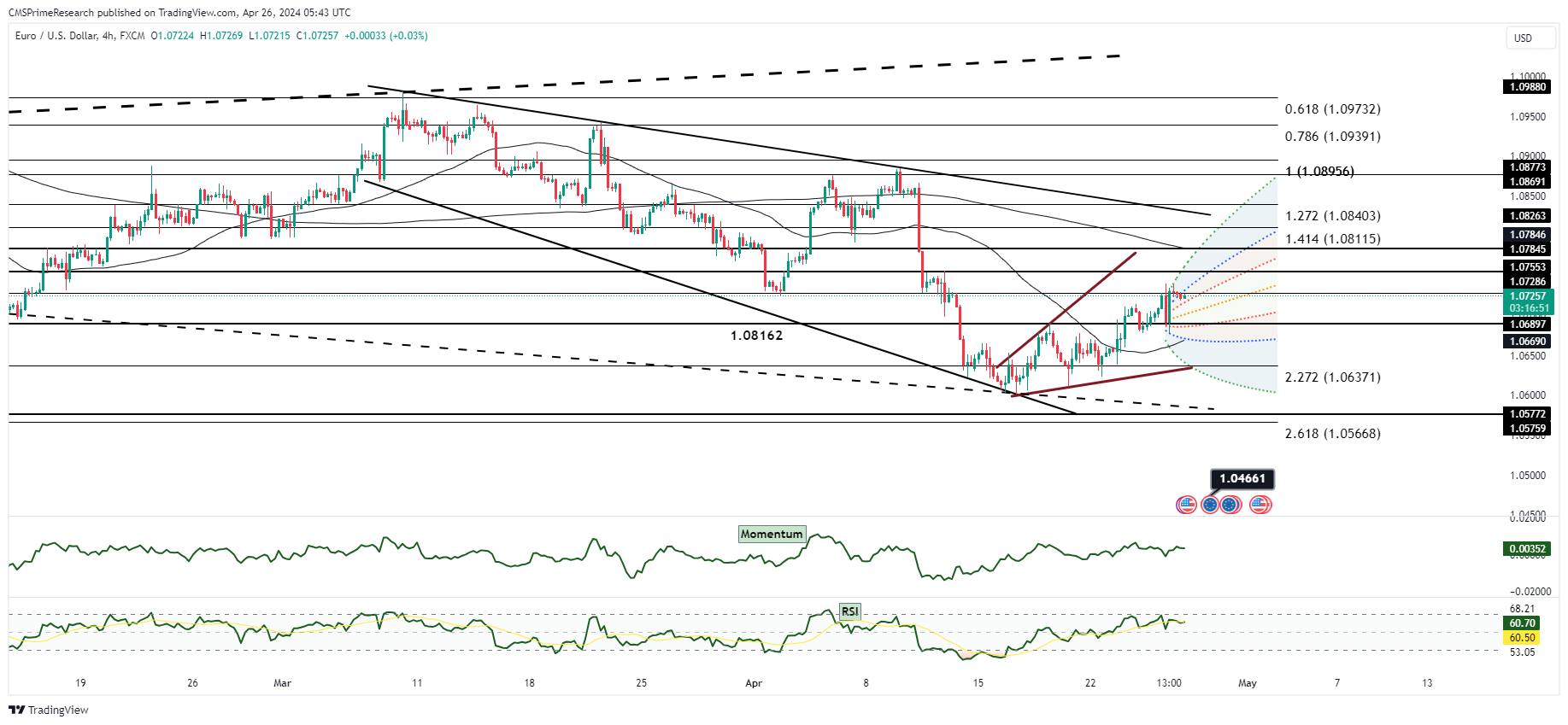EURUSD Chart Analysis

During the New York session, EUR/USD opened near 1.1090, but market participants saw an initial dip below 1.1080 as selling pressure emerged. However, buyers soon stepped in, driving the pair back higher. This dip-buying behavior highlighted strong support for the euro, which coincided with narrower bond spreads between Germany and the US, favoring the euro. Additionally, the weakening US dollar played a significant role in pushing EUR/USD higher, reaching 1.1102 on EBS. However, the pair struggled to hold onto these gains, eventually falling below 1.1080 once again despite positive developments in broader financial markets, such as gains in equities and gold, as well as a weaker USD/CNH.
The second dip below 1.1080 was partially due to external pressures from the EUR/JPY cross, which saw a decline to 155.65. As the yen gained ground, it added downward pressure on the euro, dragging EUR/USD lower. Despite this, EUR/USD managed to end the session up +0.07%, showing resilience in the face of cross-currency headwinds and external market factors. The general market sentiment remained risk-on, with equities and gold performing well, indicating that risk appetite is still supportive of the euro. However, the drop in EUR/JPY signaled that caution may be creeping into the market as investors positioned themselves ahead of several critical risk events next week.
Technically, EUR/USD is well-positioned for further upside. The pair is trading comfortably above its 5-day moving average, which serves as immediate support. Additionally, rising daily and monthly RSI readings signal strengthening bullish momentum. The formation of a bull flag pattern on the daily chart further supports the view of continued gains. Bull flag patterns are generally continuation signals, meaning that the current pullback could be a pause before another leg higher. That said, next week’s Federal Reserve meeting and US August retail sales data loom large as potential market-moving events. Any surprises from the Fed, such as a more hawkish tone or better-than-expected retail sales figures, could dampen the euro’s bullish prospects.

